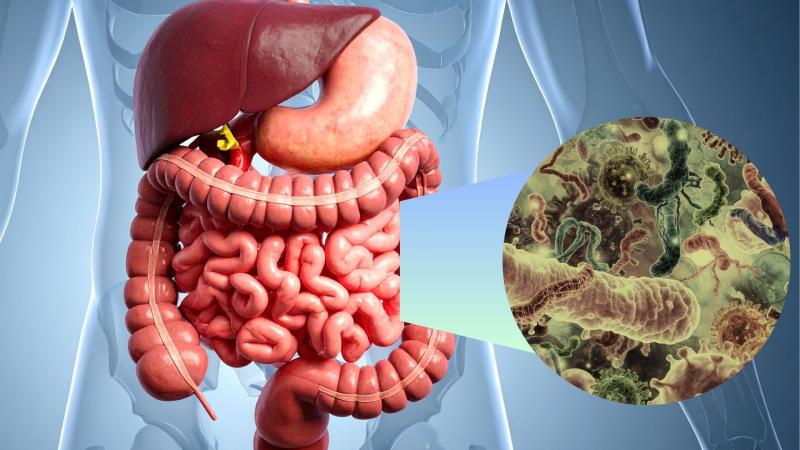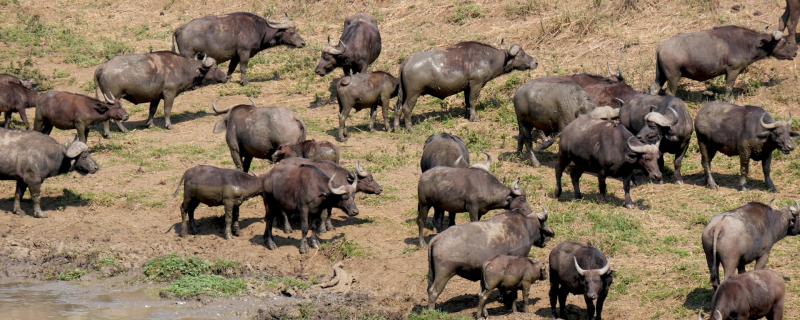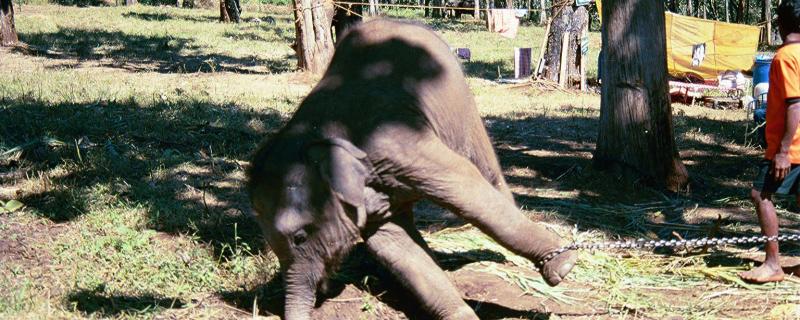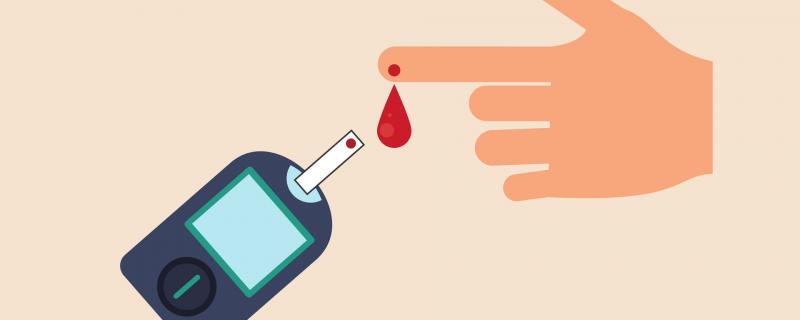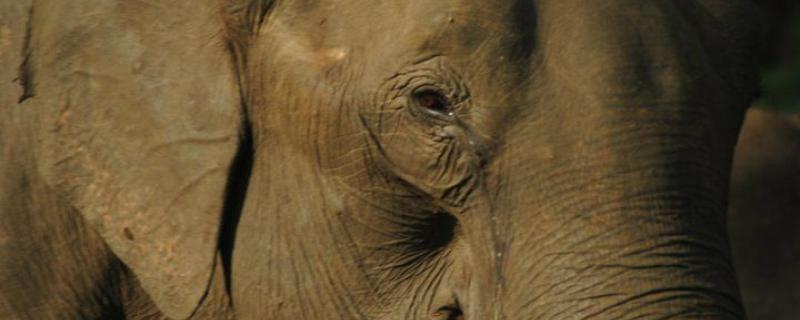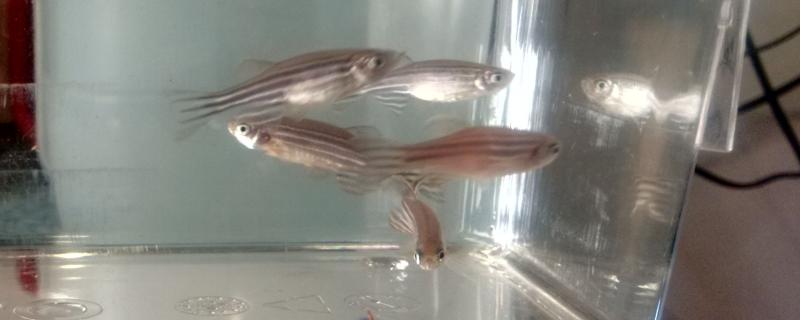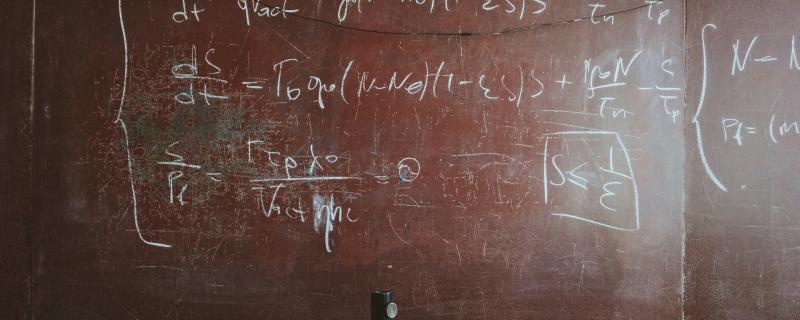When we think of diseases that come to us from animals, rabies and AIDS are the most common ones that pop into our heads. Rabies is one of the most common viral zoonotic infections. Some of the widely known facts about rabies are that it makes you a slobbering, aggressive madman, it’s acquired by the bite of an infected dog and that it kills you.
Health
Scientists from the Indian Institute of Science Bangalore devise a computational model to study how cooperation evolves in natural systems - from cells to large mammals. The study finds mobility, which was largely ignored before, plays a key role in the evolution of cooperation. Understanding mobility of cells in a medium could help us understand better the spread of cancer.
Captive elephants in the country are used for a range of tasks. From hauling timber in the forests to blessing devotees in the temples, they do it all. In a first-of-its-kind study by researchers at the A.V.C. College, Mayiladuthurai, Tamil Nadu, and Dharmapuram Gnanambigai Government Arts College for Women, Mayiladuthurai, have explored how being forced out of their natural and instinctive behaviour affects these majestic megafauna.
Responsible for 1.5 to 5 million deaths per year, around the world, Diabetes mellitus is a very serious disease. India is considered the diabetes capital of the world with as many as 50 million people suffering from type 2 diabetes. This World Diabetes Day, the Research Matters team caught up with Dr. Milind Watve, a professor at the Indian Institute of Science Education and Research Pune and an expert in the field, to find out about the new insights into how better to treat the disease.

The word “drug” is a taboo in the society. People shun the so-called drug users and abusers. However, little do they know that they themselves are consuming a drug on a daily basis! Befuddled?
“Mom, can I have a cup of coffee?”
YES! Coffee! Or more specifically, caffeine.
Elephant Endotheliotropic Herpesviruses (EEHVs), is a highly widespread herpes virus commonly found in Asian and African elephants. Of the 130 types of herpes viruses found worldwide, only some are known to infect humans, yet 90% of the human population is infected with some form of herpes virus. The rest can infect organisms as diverse as cats, birds, horses and fish.
The human body is made up of a complex network of cells and tissues specialized to carry out specific tasks. Studying each type of cell individually gives researchers insights into treating diseases and disorders. The cells of a human heart have very poor regenerative capability, while those of zebrafish are known to regenerate well. Scientists from the Agharkar Research Institute, Pune in their recent study explore the mechanism behind how zerbafish hearts regenerate.
[field_op_main_image]
Across many countries in the world, people from an economically backward background struggle to get adequate medical care. As a part of its Sustainability and development goals for 2015 the United Nations has declared ensuring “healthy lives and promote well-being for all at all ages”. This target of Universal Health Coverage (UHC) aims to ensure accessibility to quality health care services by the year 2030. With 13 years to go, an international team of scientists explores how this goal can be achieved in five South Asian countries.
[field_op_main_image]
Flooding in urban areas in a major threat to life and property. While there is a focus on immediate relief to the victims after the flood, long term effects of the flood need to be explored in more depth. In a recent study, an international team of scientists explores the aftermath of the floods in Chennai in 2015 with regards to the potability of groundwater. The team shows that even five months after the floods the groundwater is still unsafe for human consumption due to heavy metal and microbial contamination.
The rhythmic contraction and relaxation of muscles of the food-pipe or the oesophagus, called peristalsis, pushes the food to the stomach. Researchers from Indian Institute of Technology, Varanasi have developed a mathematical model of the human oesophagus that could explain the pressure variation in the oesophagus. A detailed understanding of how food is pushed to the stomach can help develop an artificial food-pipe or prosthetic oesophagus, a lifesaving treatment for oesophageal cancer and certain oesophageal disorders.
